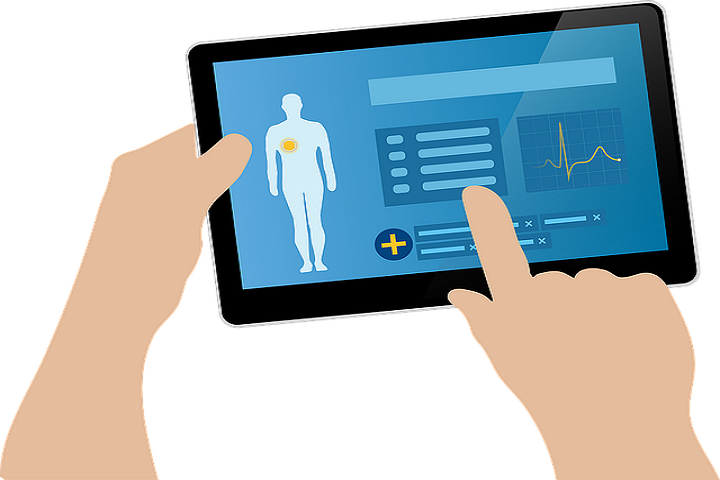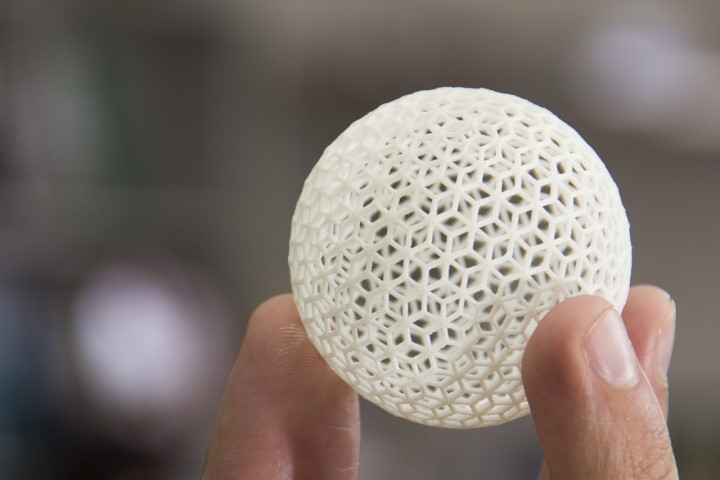Health & Fitness
5 Innovative Ways Point-of-Care Diagnostic Devices Revolutionize Healthcare Efficiency
These devices are reshaping the healthcare industry, offering a shift in how healthcare services are delivered and ultimately revolutionizing patient care.

In the healthcare field, the search for efficiency and precision has never been more critical. Healthcare professionals face the ongoing challenge of delivering timely diagnoses, optimizing patient care, and managing limited resources effectively. Among these demands, a groundbreaking innovation has emerged: point-of-care diagnostic devices. These devices are reshaping the healthcare industry, offering a shift in how healthcare services are delivered and ultimately revolutionizing patient care.
Point-of-care diagnostic devices include portable and user-friendly tools that empower healthcare professionals to conduct rapid and accurate diagnostic tests at the patient’s bedside or within the clinical setting. Their impact extends far beyond convenience; they hold the promise of faster decision-making, improved patient outcomes, and a more efficient healthcare system. These remarkable devices have become the cornerstone of modern healthcare by significantly enhancing healthcare professionals’ capabilities.
From emergency rooms to remote clinics and even within the comforts of patients’ homes, point-of-care diagnostic devices are making their mark as vital tools in the healthcare ecosystem. Here are five key ways point-of-care diagnostic devices are transforming the healthcare landscape and how they are becoming indispensable allies to healthcare professionals worldwide.
Table of Contents
1. Rapid and Timely Diagnoses
One of the primary advantages of point-of-care diagnostic devices is their ability to provide swift outcomes, often within minutes. This quick turnaround time is especially important in emergencies, where timely diagnoses can be a matter of life or death. Healthcare professionals can swiftly identify conditions like heart attacks, strokes, or infectious diseases and initiate appropriate treatments without delay.
Point-of-care testing also reduces the need for sending samples to centralized laboratories, which can lead to lengthy wait times for results. Before these devices move into production, quality control checks are conducted.
For example, the oscilloscope is often used to assess the consistency of the ECG signals generated by multiple devices to ensure that each unit meets the required specifications. This step helps to maintain product quality and reliability. It also expedites patient care and reduces the burden on laboratory resources, allowing them to focus on more complex tests and research.
2. Enhanced Patient Engagement and Satisfaction
Point-of-care diagnostic devices promote patient engagement by involving patients in their healthcare journey. When patients can see their test results in real time and have them explained by their healthcare providers, it helps create a sense of participation, trust, and understanding. This transparency can lead to better patient compliance with treatment plans and increased satisfaction with the healthcare experience.
Point-of-care testing reduces the need for patients to make multiple visits for test results, which can be particularly burdensome for those in remote or underserved areas. This convenience not only saves time and resources for patients but also encourages them to seek necessary medical attention promptly.

3. Streamlined Workflows and Resource Allocation
Healthcare institutions benefit from improved efficiency as point-of-care diagnostic devices streamline workflows. These devices reduce the need for complex sample handling and transportation, resulting in cost savings and quicker decision-making.
Physicians and nurses can make informed decisions on the spot, allowing for faster patient discharges or referrals to specialists when needed. It can also optimize resource allocation.
By decentralizing testing, hospitals and clinics can better allocate their laboratory staff and equipment, ensuring that both routine and critical tests are processed efficiently. This redistribution of resources can significantly impact a healthcare facility’s overall effectiveness.
4. Reduced Healthcare Costs
Point-of-care devices have the potential to significantly reduce healthcare costs across the board. Providing quick and accurate diagnoses at the point of care helps create outcomes where unnecessary medical procedures, hospital admissions, and medication expenses can be minimized.
For example, in the case of infectious diseases, early identification through rapid testing can lead to timely isolation and treatment, curbing the spread and reducing the overall economic burden associated with outbreaks. This testing can be instrumental in resource-limited settings, like rural or underserved areas, where access to centralized laboratories is limited.
Patients in these regions often face substantial travel costs and time commitments when seeking healthcare services. Point-of-care devices empower healthcare providers to deliver timely care locally, saving patients from the financial and logistical challenges of traveling long distances for medical attention.
5. Research and Innovation Opportunities
These devices also open up new avenues for research and innovation within the healthcare industry. They serve as platforms for developing and testing novel diagnostic technologies and treatment strategies. Researchers can use real-world patient data collected through these devices to identify trends, refine existing protocols, and discover new insights into diseases and conditions.
The development of point-of-care devices has created a thriving market for medical technology startups and established manufacturers. This competitive landscape encourages ongoing innovation, leading to the creation of more advanced and user-friendly devices. As technology continues to evolve, these devices may integrate with electronic health records (EHRs) and telemedicine platforms, further enhancing healthcare efficiency by enabling seamless data sharing and remote consultation.
6. Final Thoughts
Point-of-care diagnostic devices are transforming healthcare efficiency by reducing costs, fostering innovation, and improving overall healthcare outcomes. Their rapid results, enhanced patient engagement, streamlined workflows, and potential for cost savings make them indispensable tools in modern healthcare settings.
As technology continues to advance, we can expect point-of-care devices to play an even more significant role in providing efficient and patient-centered healthcare services. Embracing these innovations is essential for healthcare systems worldwide as they strive to deliver timely and effective patient care.
-

 Instagram4 years ago
Instagram4 years agoBuy IG likes and buy organic Instagram followers: where to buy them and how?
-

 Instagram4 years ago
Instagram4 years ago100% Genuine Instagram Followers & Likes with Guaranteed Tool
-

 Business5 years ago
Business5 years ago7 Must Have Digital Marketing Tools For Your Small Businesses
-

 Instagram4 years ago
Instagram4 years agoInstagram Followers And Likes – Online Social Media Platform















